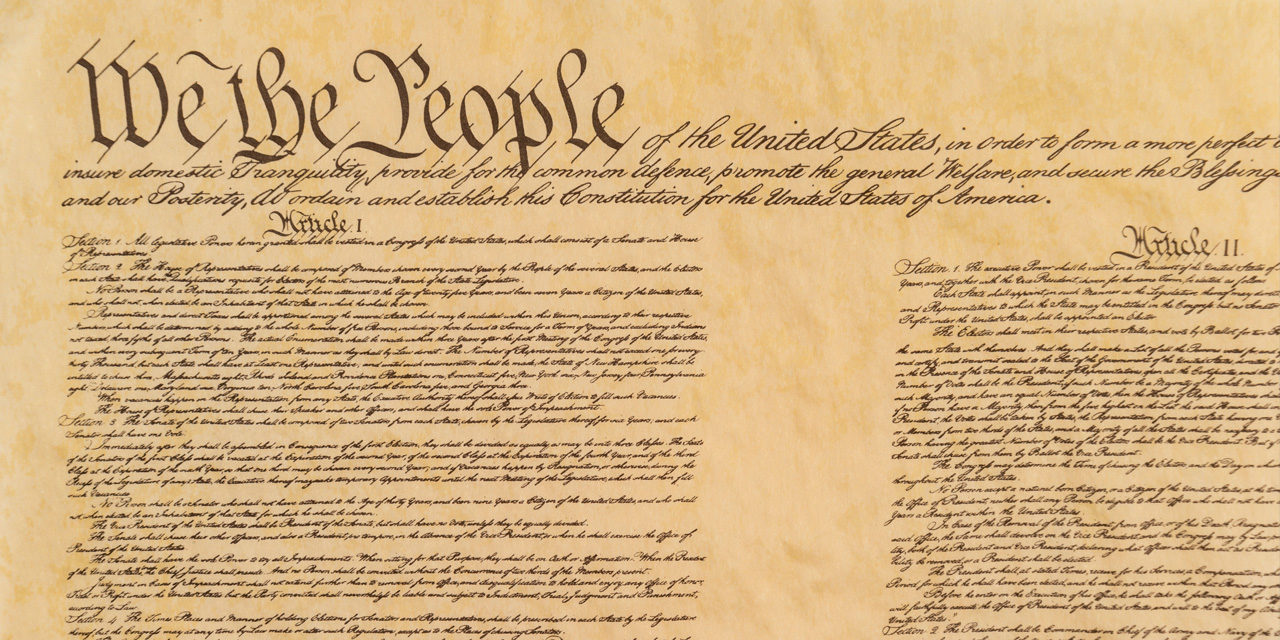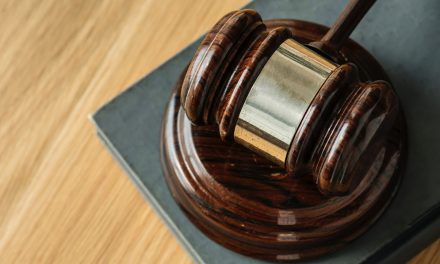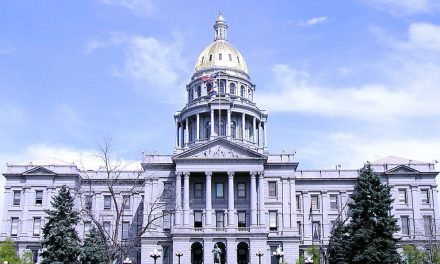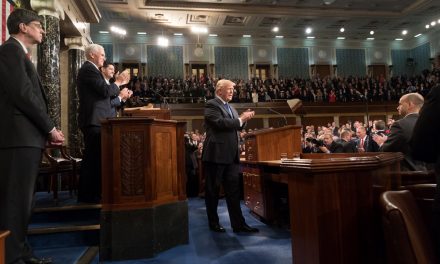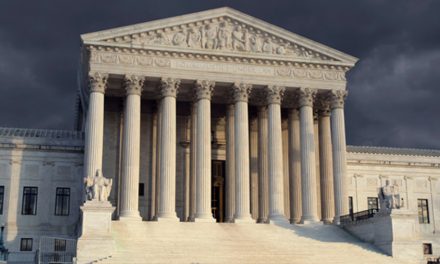It started out as a loosely organized attempt to challenge the Electoral College vote in the 2016 presidential election with the intent to throw the result into the House of Representatives to decide. It ended today with a unanimous Supreme Court ruling in a pair of related cases that allows states to enforce the voting pledges of their presidential “electors,” thereby ensuring that the will of the voters in any given state’s general election will be carried out.
Here’s how the case developed. A few electors in Colorado and Washington state who were pledged to vote for Hillary Clinton for president hoped to convince 37 Republican “electors” around the country to abandon their pledges to vote for Donald Trump – as their home state election results and law dictated – and cast their ballots instead for any other Republican. If successful, it would have denied Trump enough electoral votes to keep him from reaching 270 (the number necessary to win). The method they chose to induce the necessary Republican defections was to lead by example. Instead of casting their ballots for Ms. Clinton, as they had pledged, they cast votes for third parties such as Gov. John Kasich.
If it had worked, the election would have instead been tossed to the U.S. House of Representatives, which under the Constitution would have voted for a President and Vice President from among the persons receiving votes from electors, creating the possibility that someone other than Trump would have been elected.
In the two states where the plan actually changed (or attempted to change) an elector’s vote, Washington and Colorado, state laws kicked in that provided an enforcement mechanism to ensure electors voted for the candidate to whom they were pledged. Washington fined its “faithless electors” while Colorado removed theirs and substituted others to cast the pledged vote. The electors in question filed lawsuits challenging the laws. Courts in each state came to opposite conclusions, however, as to whether such laws were constitutional. The Supreme Court took up the case to resolve the split of decisions.
Justice Elena Kagan wrote the opinion for the court. After a review of the history of the Constitution’s inclusion of the Electoral College in Article II of the Constitution, as well as over two hundred years of states’ actions with regard to their own responsibilities under that provision, she concluded:
“The Constitution’s text and the Nation’s history both support allowing a State to enforce an elector’s pledge to support his party’s nominee—and the state voters’ choice—for President.”
Kagan noted that the Electoral College provision of Article II was an exercise in minimalism. The Framers left much for the states to determine.
“Whether by choice or accident, the Framers did not reduce their thoughts about electors’ discretion to the printed page. All that they put down about the electors was what we have said: that the States would appoint them, and that they would meet and cast ballots to send to the Capitol. Those sparse instructions took no position on how independent from—or how faithful to—party and popular preferences the electors’ votes should be. On that score, the Constitution left much to the future. And the future did not take long in coming. Almost immediately, presidential electors became trusty transmitters of other people’s decisions.”
This pair of decisions today helps to undergird at least one aspect of the Electoral College, although other challenges remain. For now, though, the vision of the Framers for navigating the difficult waters of presidential elections remains intact.
The cases are Chiafalo v. Washington and Colorado Department of State v. Baca.
Related:
Failed 2016 Attempt to Deny Trump’s Electoral College Victory Ends Up at the Supreme Court
Federal Appeals Court Decision from Colorado May Impact Presidential Elections
Photo from Shutterstock
Visit our Election 2020 page

